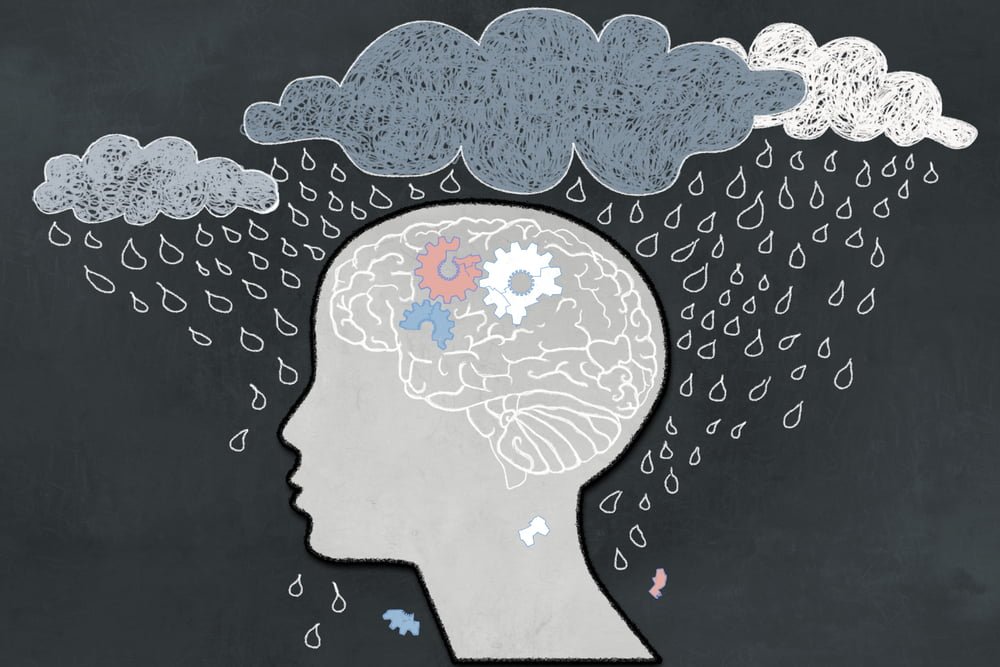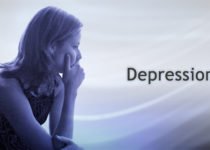A Beginner’s Guide to Depression: Symptoms, Causes, and Treatment

Introduction
Depression is more than just feeling sad for a few days. It’s a serious mental health condition that affects how a person thinks, feels, and functions in daily life. According to the World Health Organization, over 280 million people worldwide live with depression, making it one of the most common mental health disorders.
If you’re new to the topic, this guide will help you understand the symptoms of depression, its possible causes, and the treatment options available.
What is Depression?
Depression, also known as major depressive disorder, is a mood disorder characterized by persistent sadness, loss of interest, and difficulty carrying out everyday activities. Unlike temporary mood changes, depression lasts for weeks or months and can interfere with work, school, and relationships.
💡 Key point: Depression is a medical condition — not a personal weakness.
Common Symptoms of Depression
Depression shows up differently in each person, but some of the most common symptoms of depression include:
- Emotional symptoms: Persistent sadness, hopelessness, guilt, or irritability.
- Cognitive symptoms: Trouble concentrating, memory issues, indecisiveness.
- Physical symptoms: Fatigue, changes in sleep (too much or too little), changes in appetite, headaches, or unexplained aches.
- Behavioral symptoms: Withdrawal from friends, loss of interest in hobbies, lower work or school performance.
If these symptoms last two weeks or longer, it may be more than just a “low mood” and could indicate depression.
What Causes Depression?
There is no single cause of depression. Instead, it usually results from a mix of biological, psychological, and social factors.
- Biological factors: Imbalances in brain chemicals (neurotransmitters), hormonal changes, or genetics.
- Psychological factors: Low self-esteem, negative thought patterns, unresolved trauma.
- Environmental and social factors: Stressful life events, financial problems, social isolation, or lack of support.
Often, depression arises when several of these risk factors interact.
Treatment Options for Depression
The good news is that depression is treatable, and most people can recover with the right help. The best approach depends on the severity and individual circumstances, but common treatments include:
1. Therapy
- Cognitive Behavioral Therapy (CBT): Helps change negative thought patterns.
- Interpersonal Therapy (IPT): Focuses on relationships and life events.
- Psychodynamic therapy: Explores deeper emotional conflicts.
2. Medications
- Antidepressants (SSRIs, SNRIs): Work by balancing brain chemistry.
- Other medications: In some cases, mood stabilizers or antipsychotics may be prescribed.
⚠️ Always consult a qualified doctor before starting or stopping medication.
3. Lifestyle Changes & Self-Help
- Regular exercise, balanced diet, and healthy sleep patterns.
- Mindfulness, meditation, and stress management techniques.
- Support groups and talking with trusted friends or family.
When to Seek Help
If you or someone you know experiences persistent sadness, hopelessness, or thoughts of self-harm, it’s important to reach out for professional help immediately. Mental health professionals can provide a proper diagnosis and treatment plan.
Conclusion
Depression is a common but serious condition that goes beyond temporary sadness. Understanding its symptoms, causes, and treatments is the first step toward managing it. With the right combination of therapy, medical support, and lifestyle changes, recovery is absolutely possible.
🌱 Remember: You are not alone, and help is available.


